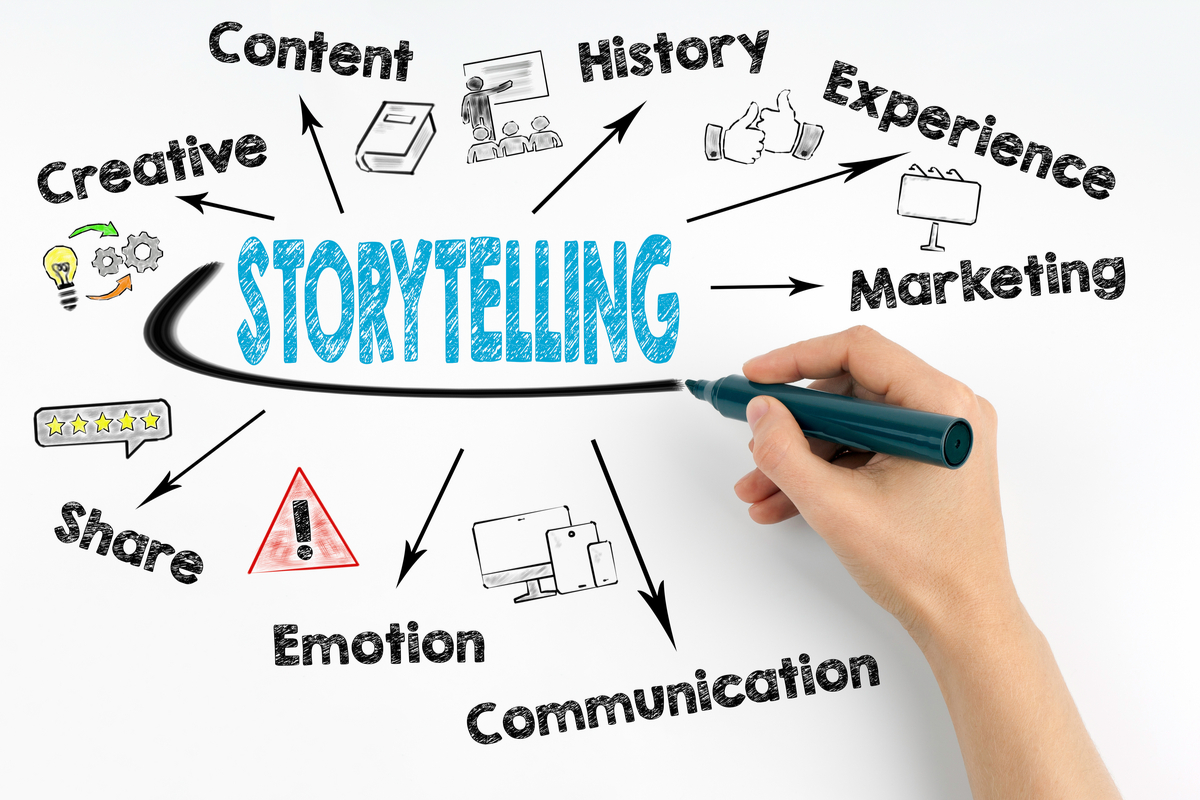
FAQ About Storytelling
Storytelling
2 years ago | gizem
How do you build tension and suspense in a story?
Building tension and suspense is a powerful way to keep your audience engaged and eager to know what happens next in your story. Here are some techniques to help you effectively create tension and suspense:
- Uncertainty: Introduce uncertainties about the outcome of events. Keep the audience guessing by not revealing the full picture immediately.
- Foreshadowing: Drop hints or foreshadow future events to create anticipation and a sense of impending danger or excitement.
- Withholding Information: Hold back key information from the audience or characters. This can create curiosity and make them want to discover the missing pieces.
- Time Pressure: Introduce deadlines, countdowns, or time-sensitive challenges that create urgency and force characters to act quickly.
- Rising Stakes: Increase the stakes as the story progresses. The consequences of failure should become more severe, motivating characters to take action.
- Limiting Knowledge: Show events from a limited perspective, such as a single character's point of view. This can lead to tension as the audience wonders what other characters are doing or thinking.
- Cliffhangers: End chapters or scenes with unresolved questions or impending danger, compelling the audience to continue reading or watching.
- False Sense of Security: Give characters (and the audience) a false sense of security before introducing a sudden twist or threat.
- Character Vulnerability: Place characters in situations where they are physically or emotionally vulnerable, making the audience worry about their well-being.
- Unpredictable Actions: Have characters behave unexpectedly or make surprising decisions that disrupt the audience's expectations.
- Parallel Storylines: Interweave multiple storylines that reach critical points simultaneously, leaving the audience eager to see how they intersect or resolve.
- Unanswered Questions: Pose questions early on that aren't immediately answered. This can keep readers or viewers engaged as they seek answers.
- Elevated Suspicion: Create suspicion around characters or situations, hinting that something isn't as it seems.
- Dangerous Locations: Set scenes in dangerous or unfamiliar locations to amplify the sense of peril and unknown.
- Emotional Resonance: Connect the audience emotionally to the characters, so their challenges and conflicts become more intense and nerve-wracking.
- Reversals: Subvert expectations by having events take an unexpected turn, surprising both characters and the audience.
- Conflict Escalation: Introduce a sequence of increasingly challenging conflicts that force characters to adapt and overcome.
- Delayed Gratification: Stretch out the resolution of a conflict or reveal, keeping the audience waiting for the payoff.
- Power Shifts: Create shifts in power dynamics between characters, leaving the audience uncertain about who will emerge victorious.
- Intense Dialogue: Use charged and tense dialogue exchanges between characters to escalate conflicts.
